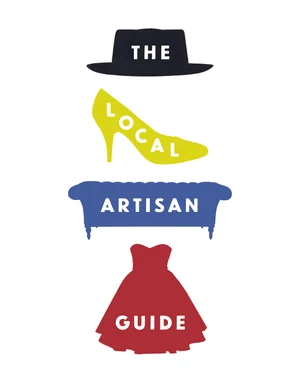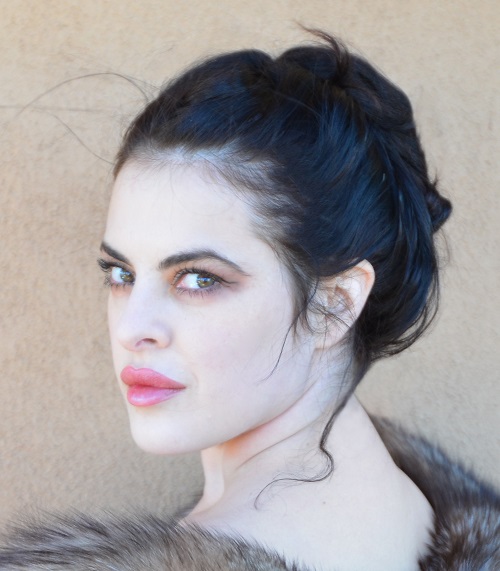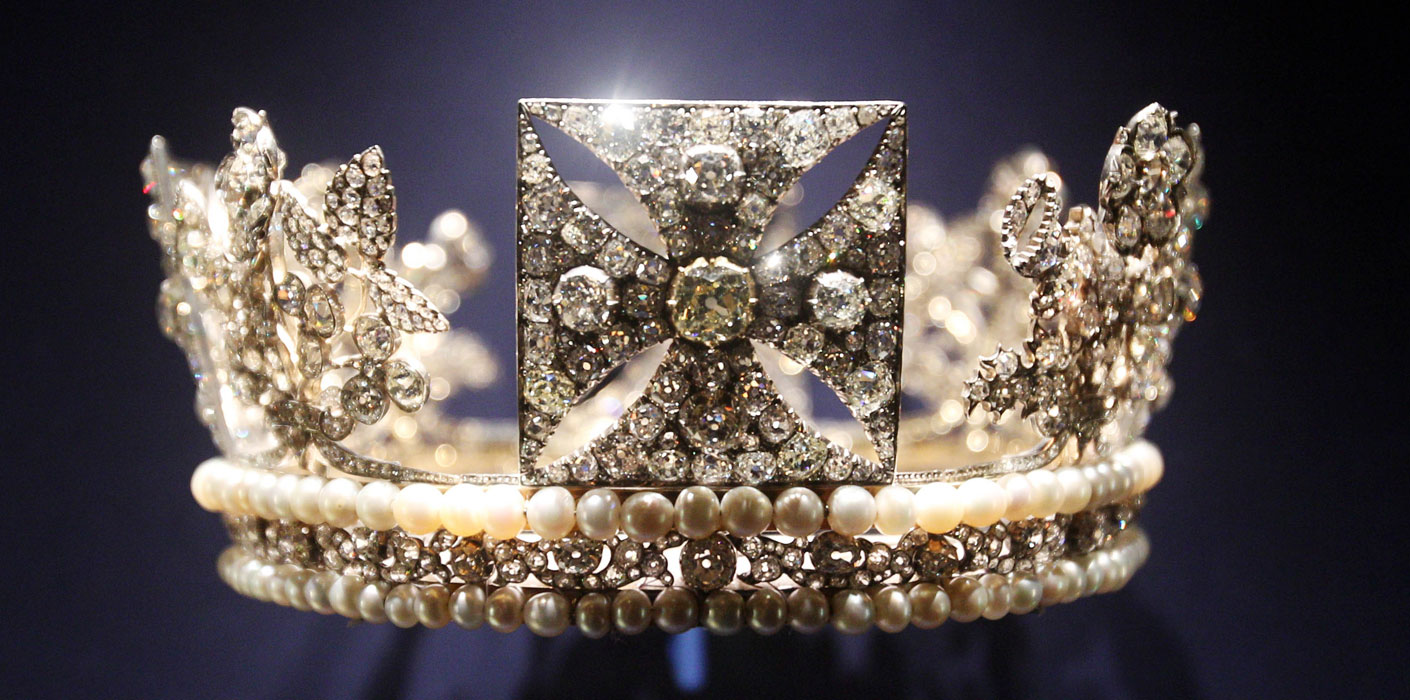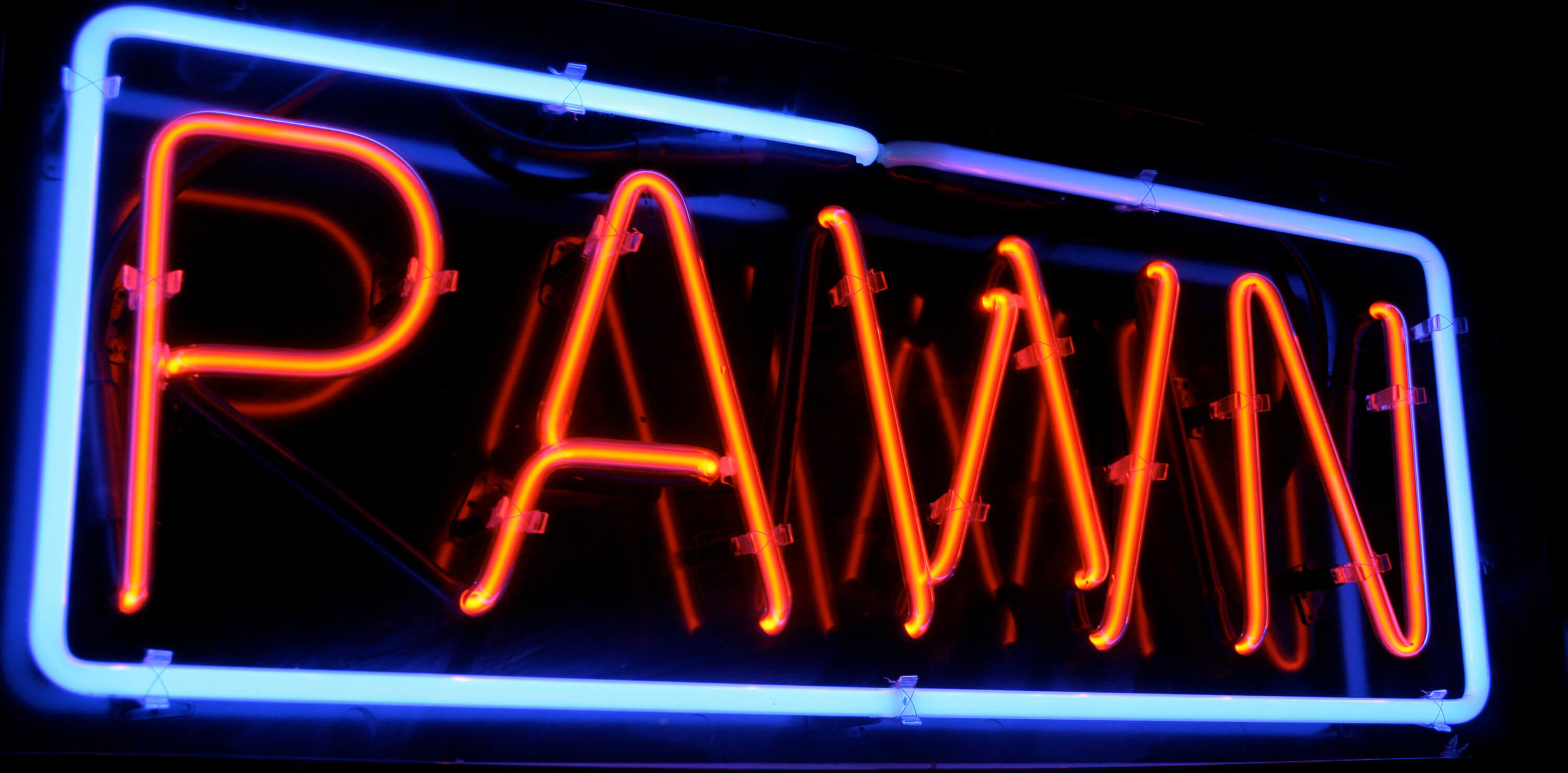It's here, Black Friday. That day of the year that jump starts holiday shopping with cut throat sales on brands across the board.
Whether you plan to shop at a Brick and Mortar shop or go online, The Local Artisan Guide has made some suggestions to highlight some of the many brands that now focus on ethical and sustainable products that you should know about.
BRACKISH BOW TIES is a Bow Tie brand made in Charleston, SC. No dyes are used, giving each tie a unique coloring. The feathers are all-natural and sustainably sourced. Each tie arrives in a hand-branded, pine gift box. including a list of the feathers used and instructions on how to care for your tie. www.brackishbowties.com
ROTHY'S is a San Francisco brand that created a women’s flat with low-waste, low-impact materials, hand-assembled for high quality and durability. The flats fit true-to-size and have a removable insole and 3D knit upper for seamless comfort. Machine-washable in cold, gentle cycle; air dry only. When you finally are ready to replace them simply send them to their Rothy’s recycling facility and help close the loop in making our planet a better place. www.rothys.com
ANITA DONGRE GRASSROOT is a sustainable luxury brand born to revive, sustain and empower India's crafts and artisans. The brand translates village art into design for the globetrotting woman, and showcase the handcrafted traditions of India in contemporary tales. Grassroot works with rural artisans to create local employment opportunities, empowering every village to become a self-sustaining unit. www.anitadongregrassroot.com
PATENT OF THE HEART is a handbag and small leather goods brand made in Turkey. Designer Elif Akaydin has artisans create her sophisticated collection made with the finest European leathers and materials. Patent of Heart assures you every bag purchased is not only made with high-quality craftsmanship, but with a strong sense of functionality and style. A portion of profits helps contribute to worthy cause especially helpings young girls attain an education. www.patentoftheheart.com
JOE GROOMING was established in 2002 with a goal to create a natural and organic line of hair products formulated to meet their core objective. By lowering surfactant levels in their shampoos, adding soothing, moisturizing extracts to both cleansing and styling products, and fragrancing with essential oils rather than synthetic fragrances, they have taken the first steps toward achieving this goal. Extra benefit is for every order of a Joe Grooming product, they donate a bar of Joe Grooming soap to a resident of homeless shelters across the USA. www.joegrooming.biz
EDUN is a sustainable high end fashion apparel and accessories brand that makes all its products in Africa from artisans using fair trade methods and guidelines. www.edun.com
APOLIS is a fashion lifestyle brand founded on the simple idea that people can live better lives when they are given equal access to the global marketplace. Apolis is a socially motivated lifestyle brand that empowers communities worldwide. www.apolisglobal.com
Black Friday doesn't have to be a consumer nightmare, it can be a practice in conscious shopping. Don't forget to check out your local brick and mortar shops for Black Friday and Small Business Saturday, you'll be amazed at the wonderful Black Friday sales and products you will find.
By Natalie Rivera









































































